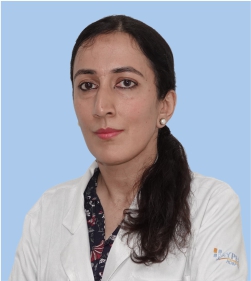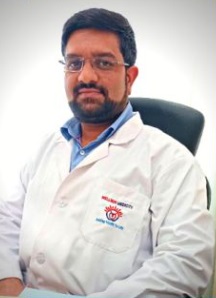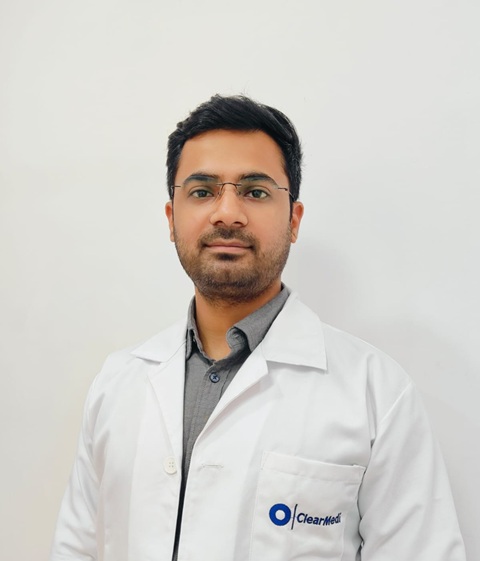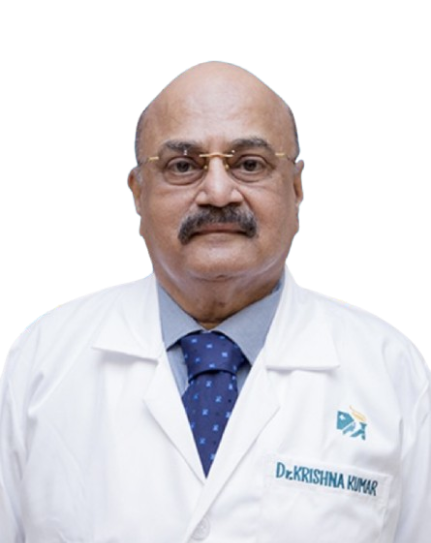Difference between Septoplasty and Sinus Surgery

Quick Summary
- Septoplasty and Sinus Surgery are two different procedures that are used to treat different conditions. Septoplasty is used to treat a deviated nasal septum, which is a condition where the septum is not in the center of the nose. This can cause difficulty breathing and other problems. Sinus Surgery is used to treat chronic sinus infections.
- Septoplasty is a minor procedure that takes about 30-90 minutes to perform. It involves making a small incision in the nose and repositioning the septum. Sinus Surgery is a more invasive procedure that takes about 48-72 hours to recover from. It involves making a larger incision in the nose and removing the sinuses.
- The risks of Septoplasty include excessive bleeding, continued symptoms, a hole in the septum, and a permanent change in the shape of the nose. The risks of Sinus Surgery include cerebrospinal fluid leak, swollen nasal cavities, congestion, a visible change in appearance, eye swelling, and less effective sense of smell.
- Septoplasty is an effective solution, but it requires a longer recovery time than Sinus Surgery. Sinus Surgery is a newer procedure that is less invasive
Every human being is unique, and as clichèd, as it may sound, it is a prevalent fact that becomes the reason for their identities. The differences in human beings can range from how an individual perceives things, how they look, how they dress, and even how some parts of their body differ from others.
For example, the exact features of the nose.
Multiple conditions restrict airflow in the nasal cavity, thus causing minor to severe discomfort based on the septum's structure and the sinuses' state. This can lead to chronic sinus infections (Sinusitis), resulting in unbearable pain. The good news is that there are several proven remedies to these problems, but before diving into comparing and choosing the correct procedure, here’s a glance at what these issues are and the proper strategies to cure them.
Deviated Septum - What exactly is it?
- Except for the six doppelgangers that exist for everyone, it will be scarce to find anyone with the same facial features, especially the nose. The reason for this dissimilarity is nothing but the bone and cartilage that bisects the nose into two halves; the nasal septum.
- For many people, the septum is not placed in the centre of their nose (either by birth or by injury), and there is a faint imbalance. However, in extreme cases, the position of the septum can be wholly misaligned and crooked, thus making the involuntary process of breathing difficult.
Sinus Infection
A Sinus Infection is a situation when fluids start filling the empty air pockets on the face (Sinuses). In medical terms, the tissue lining the sinuses is swollen and inflamed. The stored fluid allows germs to grow and multiply in the nose, which causes regular discharge and itchiness throughout the nasal region.
Note: Sinus infections can happen due to either bacteria (Bacterial Sinusitis) or Viruses.
Confused About Which Procedure To Opt For?
- The most important metric to evaluate while choosing the procedure is the exact symptoms that have been persisting. If breathing is difficult, it can be the case of a deviated nasal septum. In contrast, if there is regular fluid discharge with headaches and breathing issues, it can be a Sinus Infection that needs a separate procedure.
- Here is a glimpse of the procedures and the differences that can help in natural and necessary decision-making.
Septoplasty (Deviated Septum Surgery)
Note: Since an incision is involved, the doctor will inject a dose of local or general anaesthesia according to the history and preferences of the patient.
- A septoplasty is a minor procedure that takes around thirty to ninety minutes for medical professionals to perform.
- The procedure begins with a single incision in the nasal mucosa that helps the doctor to navigate and examine the septum. The protective covering called the mucous membrane is lifted in the next step so that the septum can be visible for exposure and treatment.
- Once the doctors gain access to the septum, they place it in the correct position by clearing the obstructions caused by the presence of extra bones and cartilage.
- After successful placement, the mucous membrane is gently placed back in its position.
- Doctors place cotton balls in the patient's nose to ensure that the septum stays in its position. They can even opt for stitches to sustain the septum’s place if the condition is terrible.
Sinus Surgery (Balloon Sinuplasty)
Modern Sinus Surgeries have evolved as a less invasive and safer alternative as compared to the procedures that happened in the past. The surgery focuses on magnifying the area between the sinuses for proper air inflow and total germs outflow.
Balloon Sinuplasty has come up as the newest solution to treat sinus infections. This procedure has minimum invasions topped with fast and efficient recovery. This advanced and painless medium has also been the ideal choice for child patients since 94% of the total chronic sinusitis cases have received a positive result post the procedure.
Note: The patients who report chronic sinusitis along with frequent acute sinus infections are the only class of people qualified for this procedure.
Adding to identifying a patient's blood group and type, several other blood tests, including complete blood count, liver and kidney function tests, blood glucose estimation, bleeding and clotting times, and viral serology to include hepatitis B, hepatitis C and HIV are performed.
The surgery begins by simply inserting a balloon catheter into the patient’s nose through the nasal cavity.
- It is then inflated to increase the gap in the cavity, thus forcing the septum to acquire a more centralised position in the expanded area.
- After that, the medical experts ensure that the unrequited mucus and pus escape the patient’s body. This process is carried out by spraying saline fluid to clean up the infected sinus properly.
- The final step in this process is removing instruments from the patient’s nose after clearing the sinuses and correcting the position of the septum.
Septoplasty v/s Sinus Surgery
Both septoplasty and sinus surgery result in the expansion of the nasal cavity. However, they are used for different diagnoses, so multiple vital differences should be comprehended before making the final choice.
Septoplasty is the procedure to treat airway blockages caused by a deviated nasal septum, whereas Sinus Surgery is the treatment to cure a chronic sinus infection.
Septoplasty involves a shallow cut on one side of the nose and is therefore invasive. On the other hand, Sinus Surgery is a relatively less invasive option owing to the refinement in procedure over time.
The comparison of risk factors is as follows:
|
Septoplasty |
Sinus Surgery |
| Excessive Bleeding | Cerebrospinal fluid leak |
| Continued Symptoms | Swollen nasal cavities |
| Hole in the septum | Congestion |
| Permanent shape change (Nose) | A visible change in appearance |
| Less effective sense of smell | Eye swelling |
Septoplasty is an effective solution, but it requires a longer recovery time of up to three months compared to Sinus Surgery which usually takes 48-72 hours.
Septoplasty is an older procedure in practice as compared to the newer balloon sinuplasty that has recently emerged after endoscopic and image-guided surgery options.
Recalibrating the old saying, prevention is better than cure. If you are experiencing any of the mentioned symptoms, you must reach out to a HexaHealth medical expert to assist you with your troubles.
HexaHealth is an ever-expanding team of more than a thousand renowned medical experts who have all the answers to your queries. All you have to do is share your symptoms, and you can rest assured that only the best advice will follow!


Last Updated on: 12 December 2023
Reviewer

Dr. Aman Priya Khanna
MBBS, DNB General Surgery, Fellowship in Minimal Access Surgery, FIAGES
14 Years Experience
Dr Aman Priya Khanna is a well-known General Surgeon, Proctologist and Bariatric Surgeon currently associated with HealthFort Clinic, Health First Multispecialty Clinic in Delhi. He has 14 years of experience in General Surgery, Proctolo...View More
Author
HexaHealth Care Team
HexaHealth Care Team brings you medical content covering many important conditions, procedures falling under different medical specialities. The content published is thoroughly reviewed by our panel of qualified doctors for its accuracy and relevance.
Expert Doctors (10)
NABH Accredited Hospitals (6)
Latest Health Articles
Related Treatments

























 Open In App
Open In App